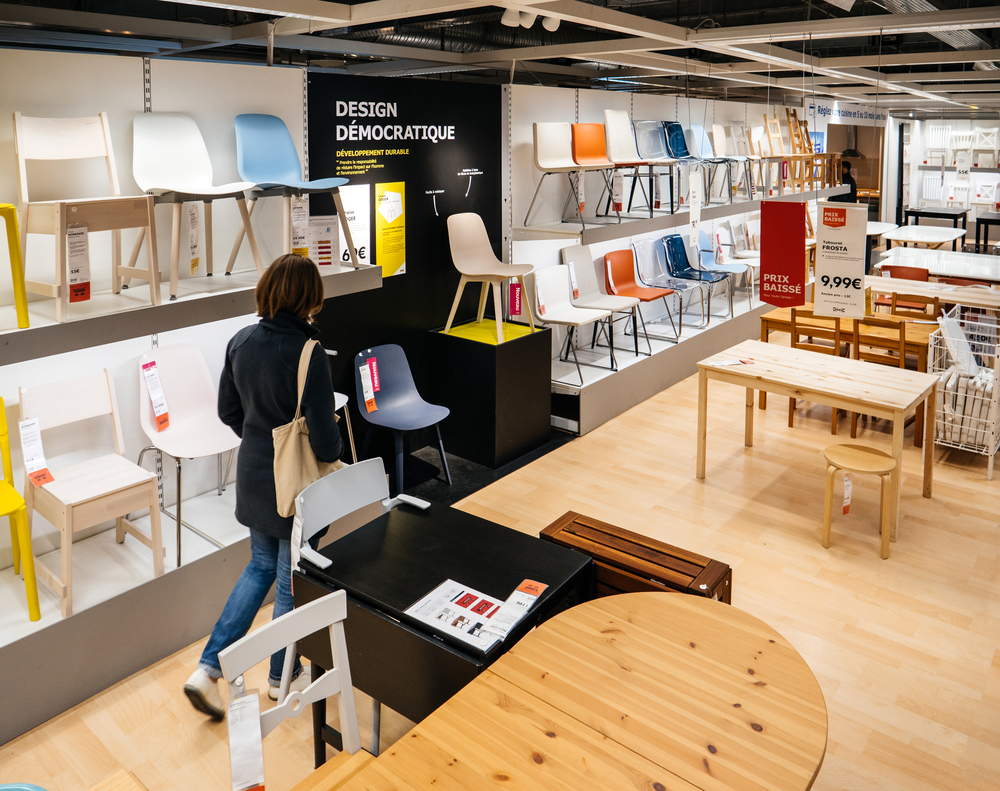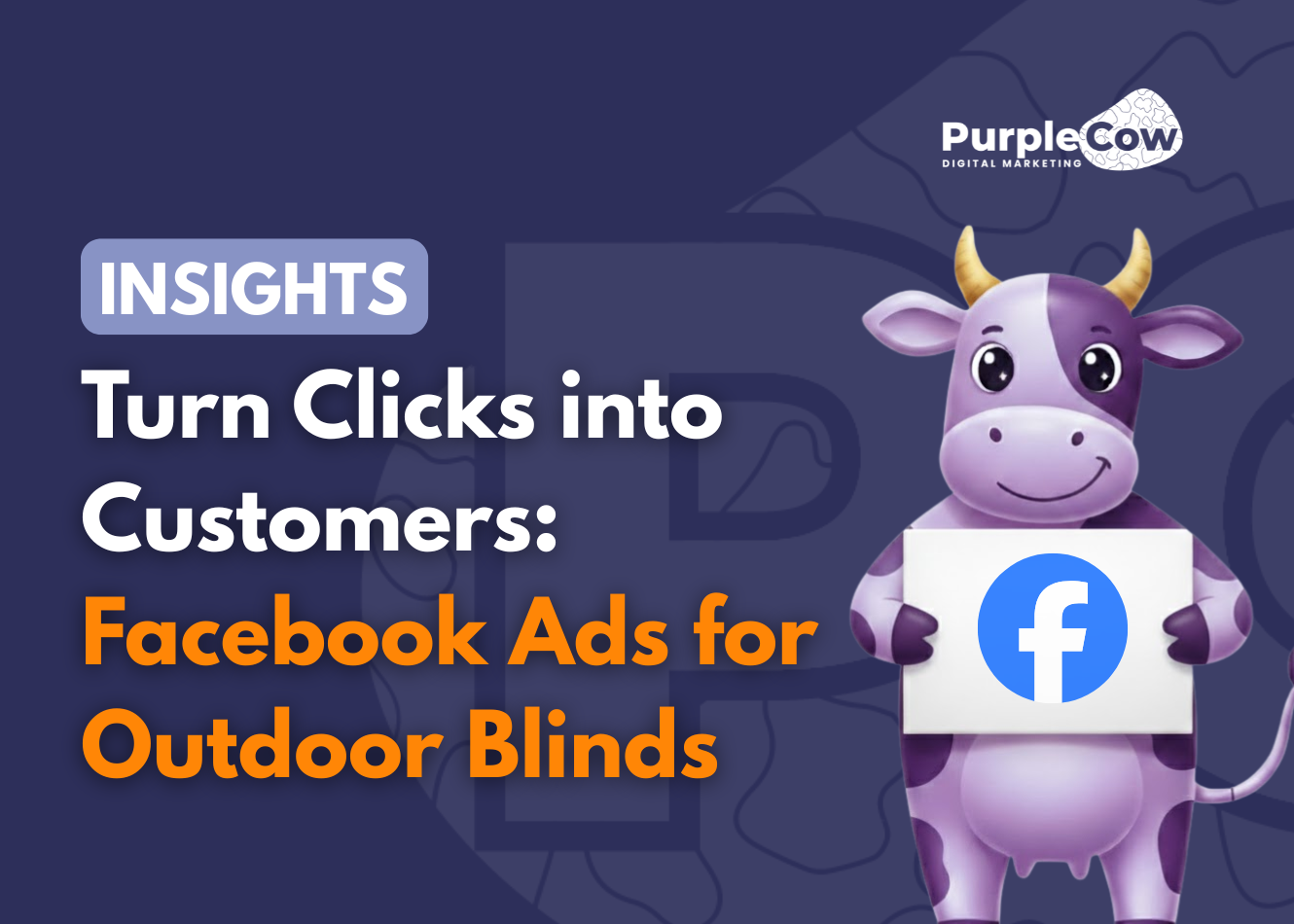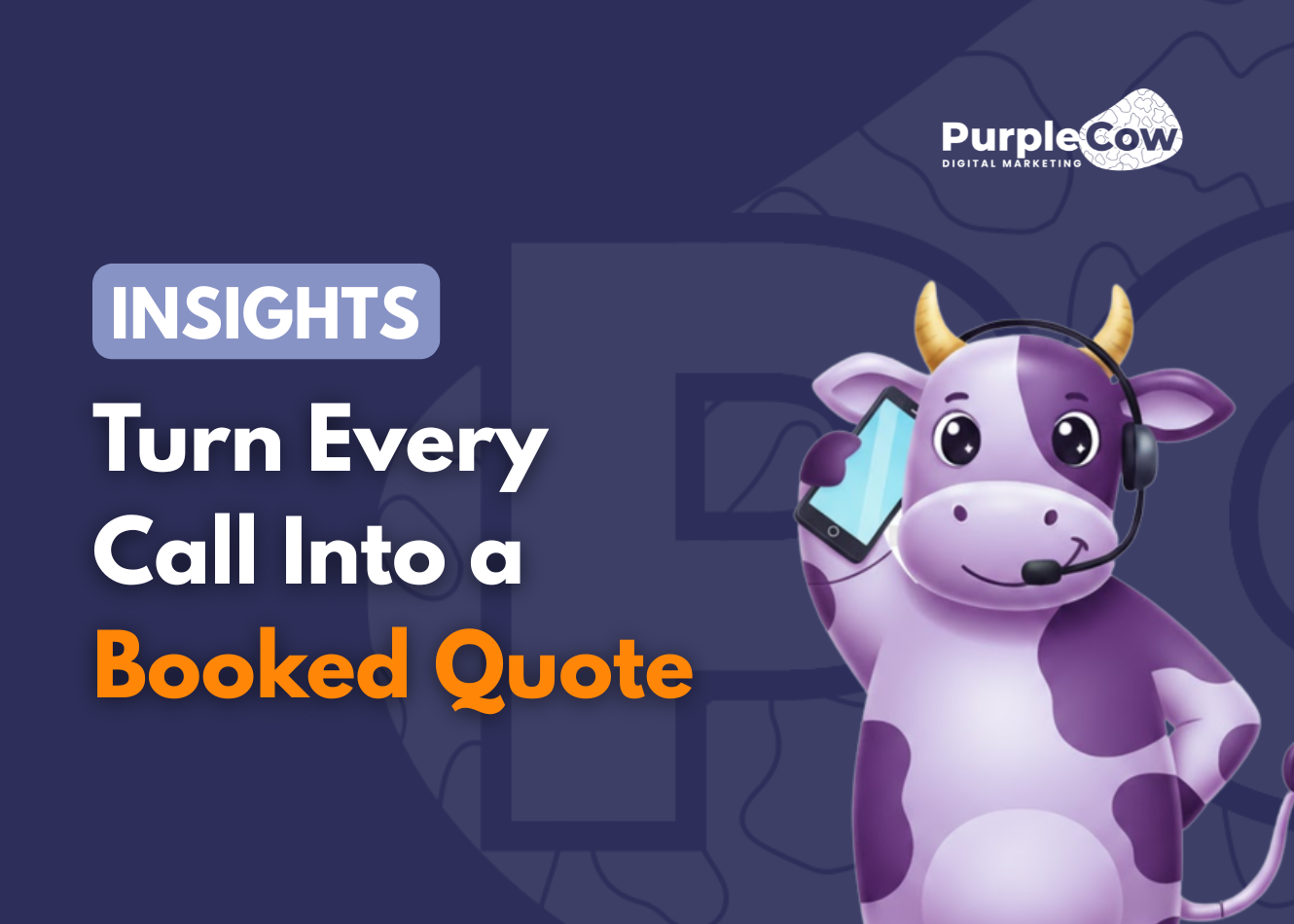Have you ever heard about the IKEA effect? When you hear IKEA, an idea instantly pops up in your mind for the most famous furniture shop on Earth. But this blog isn’t about furniture. It’s a business strategy used by marketers of different brands that are making the talk of town.
As technology evolves, businesses will always be on the lookout for new and exciting ways to connect with their audience, build brand loyalty, and make deep emotional connections with customers. One strategy that’s been getting a lot of attention lately is something called the IKEA effect.
This idea takes inspiration from the famous Swedish furniture store, IKEA, and it’s been used successfully by many brands to boost their marketing. In this article, we’ll dive into the IKEA effect and talk about how to make it work in marketing.
Table of Contents
Understanding the IKEA Effect
The IKEA effect is a cool psychological trick that happens when people think something is more valuable if they’ve been a part of making or putting it together. The psychology of the IKEA effect was first talked about by researchers Michael Norton, Daniel Mochon, and Dan Ariely.
In a study that explored the emotional attachment people develop with self-assembled furniture from IKEA. The findings revealed that individuals tend to overvalue items they’ve had a hand in building, attributing greater significance and emotional attachment to them.
Some Brands that Nailed the IKEA Effect
Since it’s boom, brands, and companies have started incorporating this concept into their marketing strategies. Let’s look at a few brands that have successfully incorporated the IKEA Effect into their brand.
- IKEA: Obviously, the folks who came up with the idea in the first place still use it. They make their furniture come in flat-pack boxes with easy-to-follow instructions, so you get to build it yourself.
- LEGO: LEGO provides consumers with the opportunity to create and customise their own creations using their iconic building blocks. You get to make your own stuff with LEGO bricks, which is a blast and makes you feel closer to the brand.
- Birchbox: These subscription-based beauty companies send out beauty products every month, but you get to pick what’s in your box. It feels like you’re designing it yourself.
Nike: The Nike By You program allows you to design and personalise your own sneakers. It’s like you’re a shoe designer, and it really connects you with the brand.
How the IKEA Effect Works in the Mind
Understanding the IKEA effect is more than just a marketing trick; it’s a powerful concept that can significantly impact how businesses engage with their customers and build lasting relationships. It is pretty important for businesses trying to make smart marketing moves. Here’s why it matters:
1. Keeps People Loyal
When customers help create or customise a product, they feel more attached to the brand. It’s like they have a stake in the brand’s success. They feel a sense of ownership and pride in their creation, which strengthens their loyalty to the brand. This loyalty translates into repeat purchases and positive word-of-mouth marketing, probably leading to brand loyalty and more sales.
2. Makes Emotional Connections
Human emotions play a massive role in consumer behaviour. The IKEA effect taps into the emotional side of the customer-brand relationship. When individuals assemble or personalise a product, they experience a sense of accomplishment and attachment. They feel proud that they’ve put it together by themselves. This emotional connection extends beyond the transaction, creating a lasting bond and increase in valuation.
3. Promotes Creativity
The IKEA effect isn’t just about putting things together; it’s about involving customers in the creative process. It encourages companies to involve customers in making their products. This drive for creativity leads to the development of unique and customer-centric offerings. It’s a win-win situation, where businesses benefit from fresh ideas, and customers get products tailored to their preferences.
4. Makes You Feel You Own It
When customers get a say in creating their product, they feel like it’s really theirs. It’s not just about using it; they become co-creators. This sense of ownership even makes them value the product or service more and take better care of it.
Cool Marketing Moves with the IKEA Effect
Now, let’s check out some marketing tricks that use the IKEA effect to get customers more involved and attached to brands:
User-Generated Content (UGC)
Customers sharing their product experiences not only builds trust but also highlights how consumers integrate products into their lives. UGC encourages people to try it out themselves.
Product Personalization
If you wish you could make your stuff exactly how you want it, the IKEA Effect offers customization options, giving people what they want – unique stuff.
DIY Kits and Assemblies
Feeling crafty? DIY kits and experiences let you create something special. When you’re the one putting it all together, it’s like a personal masterpiece. That’s some serious pride and ownership!
Interactive Online Tools
Playing around with online tools that let you design your own stuff is not just fun but makes you feel invested in what you created.
Crowdsourcing Ideas
Imagine helping decide what a product should look like or what features it should have. It’s exciting, and it makes you feel like you’re part of the creative team and you’ve got a say.
Interactive Marketing Campaigns
Ever joined a marketing campaign that’s more than just ads? Solving puzzles or winning online contests makes you feel like you’re in the brand’s story.
Customization Options
Think about products that come in all sorts of flavors – colors, sizes, features, you name it. It’s like getting a personalised experience every time you shop.
Limited-Edition Products
When you introduce limited-edition products or collaborations, it creates exclusivity and urgency, actively involving customers in obtaining them.
Gamification
Remember those games where you level up and have a successful completion of quests? Marketing with gamification is just like that. It’s a fun journey where you achieve small wins.
Community Building
Joining online communities or forums where you can share your experiences and ideas about self-made products is like being part of a big club. It connects you with others who share your interests.
Surprise and Delight
Sometimes, brands go out of their way to make you smile. Personalised gifts, exclusive content, or unique experiences show that they care. It’s not just shopping; it’s an emotional connection.
Challenges and What to Do About Them
While the IKEA effect can be a real game-changer, it’s not always a walk in the park. IKEA effect can be a fantastic tool but it’s wise to keep these potential roadblocks in mind when navigating the marketing landscape. Let’s take a look at some common bumps that can show up in any marketing strategy:
1. Can Get Too Complicated
Imagine if putting together or personalising something turns into a major brain teaser. It could leave customers feeling frustrated and not eager to repeat the experience.
2. Quality Worries
If folks start thinking your product isn’t up to snuff, it could leave a dent in your brand’s reputation. After all, nobody wants to put in effort for something that’s not top-notch.
3. Customer Confusion
Unclear instructions or customization options that are about as clear as mud can really bug customers. Clarity is key to a smooth experience.
4. Not a Fit for Everything
Let’s be real, not every product is a good match for customer involvement. Trying to force it might just lead to disappointment.
5. Costs Can Pile Up
Making customised stuff can sometimes hit the wallet pretty hard. It’s an investment that needs to be worth it in the end.
6. Keeping It Consistent
Ensuring everything looks and feels the same across all customization options can be a bit of a tightrope walk. Consistency is crucial but not always easy.
7. Rising Competition
As more brands jump on the IKEA effect bandwagon, it’s like a crowded party. Standing out becomes quite the challenge.
8. Getting It Right Matters
Doing customization or co-creation poorly isn’t just a small hiccup; it can be a costly mistake that saps time and money.
Ways to Make It Work and Stay Safe
To make the most of the IKEA effect while avoiding problems, try these strategies and keep everything safe and sound.
1. Keep It Simple
Don’t make it a brain teaser! Keep the process of putting things together or customising them straightforward and easy to understand.
2. Good Instructions
Clear and detailed instructions are your best friends. They help customers navigate the customization process without any hassle.
3. Check Quality
Always make sure that what your customers end up with is top-notch. Quality matters!
4. Customer Help
Be there to lend a hand when customers need it. Quick and helpful customer support can make a world of difference.
5. Be Honest
No secrets here! Be transparent about customization options, how much they cost, and how long they’ll take.
6. Test First
Before going big, try things out with a small group of customers. Their feedback can be gold!
7. Keep Talking
Stay in touch with your customers even after they’ve made a purchase. Ask them what they think and keep the conversation going.
8. Be Consistent
Make sure everything stays the same across the board – from branding to quality – across all customization options.
9. Be Ethical
Keep things respectful and in line with cultural norms. No shortcuts.
10. Legal Stuff
Follow the rules and regulations when letting customers customise products. It’s important to play by the book.
Bonus: Keep Innovating
Always bring something new and exciting to the table. Keep your customers interested with fresh and innovative customization options.
FAQs
While SEO focuses on boosting traffic to your site, CRO aims to convert that traffic by encouraging more people to take action.
CRO (Conversion Rate Optimization) and SEO (Search Engine Optimization) don't have a rivalry—they can actually enhance one another. Instead of working in isolation, these two functions in your business should join forces. This team effort can significantly boost your profitability and streamline the performance of your conversion funnel.
SEO and CRO join forces to bring in quality traffic and convert that traffic into customers. SEO gets your site recognized by search engines, drawing in targeted visitors with strategic keywords and high-quality content. Concurrently, CRO steps in to ensure your website is finely tuned to guide these visitors to take the desired action - whether it's making a purchase, signing up for a newsletter, or filling out a contact form.
You can start by optimizing your website for SEO. This involves creating high-quality and engaging content that features targeted keywords, improving your site's loading speed, ensuring it's mobile-friendly, and securing backlinks from reputable sites. These SEO practices help your website rank higher in search engine results, attracting more targeted visitors.
Once these visitors land on your site, CRO techniques come into play. Start with a user-friendly website design that makes navigation easy for your visitors. Use persuasive and clear call-to-actions (CTAs) that guide your visitors towards your end goal - whether it's buying a product, signing up for a subscription, or downloading an eBook. You should also carry out A/B testing on various site elements like CTAs, headings, images, and forms to identify what works best for converting visitors into customers.
Remember, SEO brings the right people to your website, but it's CRO that gets them to take action. So, both should be a vital part of your digital marketing strategy.
CRO, or Conversion Rate Optimization, in marketing refers to strategies and techniques aimed at boosting the percentage of website visitors who complete a specific action, such as making a purchase. It involves analyzing visitor behaviour to discover what motivates them to convert, then altering elements on your site to encourage that action. Ultimately, CRO is all about making your marketing more effective by turning more of your website visitors into customers.
In a Nutshell
When you strike that balance, the IKEA effect can be a fantastic tool to boost customer engagement and create lasting connections. Don’t forget to test the waters before incorporating this tactic into your upcoming campaigns and strategies.





